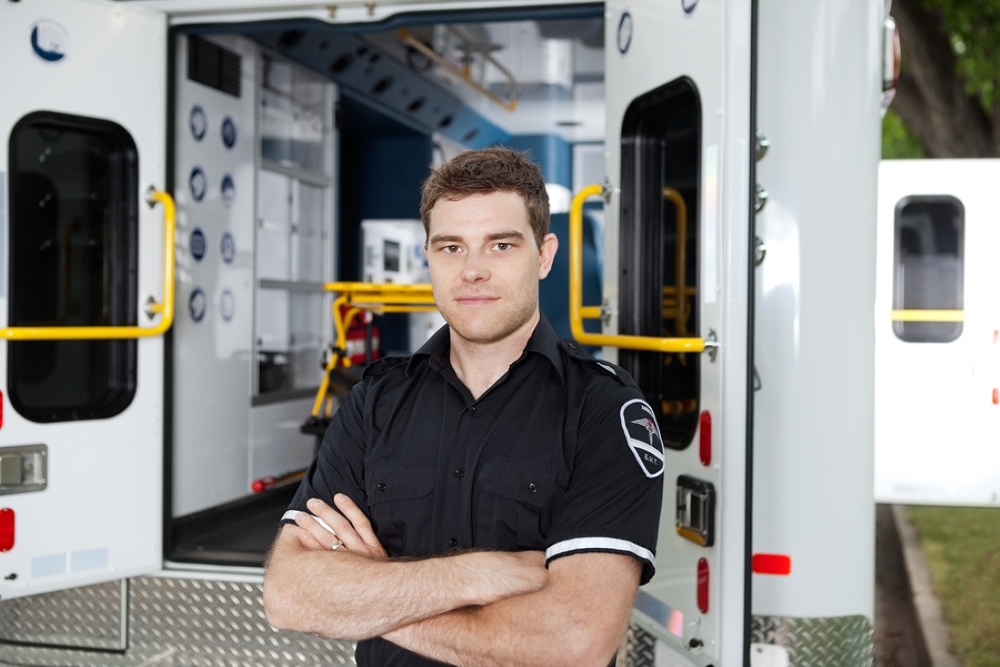A new order issued by Los Angeles County could subject local governments to negligence and malpractice litigation, according to a legal expert.
On Jan. 4, Emergency Medical Services Agency Medical Director Dr. Marianne Gausche-Hill ordered ambulance workers to refrain from transporting to hospitals cardiac arrest patients who do not respond to resuscitation after 10 minutes.
“A patient could sue the county for having failed to meet its duty of care resulting in potential harm to a patient,” Trellis Research CEO and attorney Nicole Clark said. “Negligence litigation is generally determined by whether a provider met the standard of care.”
The order was issued in response to a surge of coronavirus cases that occurred after the winter holidays.
“Due to the severe impact of the COVID-19 pandemic on EMS and nine 11 receiving hospitals, adult patients in blunt traumatic, and non-traumatic out of hospital cardiac arrest shall not be transported if return of spontaneous circulation is not achieved,” Dr. Gausche-Hill wrote in the directive.
As of Jan. 13, California had 2,747,288 confirmed cases of the coronavirus, resulting in 30,513 deaths, which is an increase of 1.8% from the prior day total of 29,965, according to the state COVID-19 dashboard.
“In practice, the new order can result in wrenching situations for EMS crews and families who may want and expect their loved ones to be transported via ambulance to a hospital even if there’s only a low chance of survival,” Clark told Southern California Record. “In times of emergency, this ambulance order may become the norm professionally for EMS crews. This order demonstrates just how unprecedented and undesirable some of the medical options are on the ground when it comes to hospital capacity in Los Angeles.”
Some 8,000 people were hospitalized in Los Angeles alone last week and at least a fifth was admitted into intensive care, according to media reports.
“We are witnessing hospitals shift from a conventional to a crisis standard of care,” Clark said in an interview. “This movement to a new standard of care challenges many of our expectations about what medical care looks like as the focus moves from individual patients to balance the patient population as a whole.”
As previously reported in the Southern California Record, only about 35% of the doses sent to California have been distributed.
“The vaccine will hopefully decrease hospital capacity, and available beds, as well as increase the number of healthy medical staff available to treat the sickest patients,” Clark said. “Ideally, with more open beds in our hospitals, these murky legal and ethical questions like ‘who should receive treatment? when? and at whose expense?’ will seldom be necessary and hopefully avoided altogether.”
